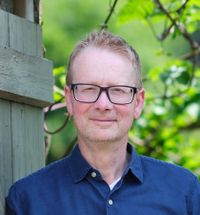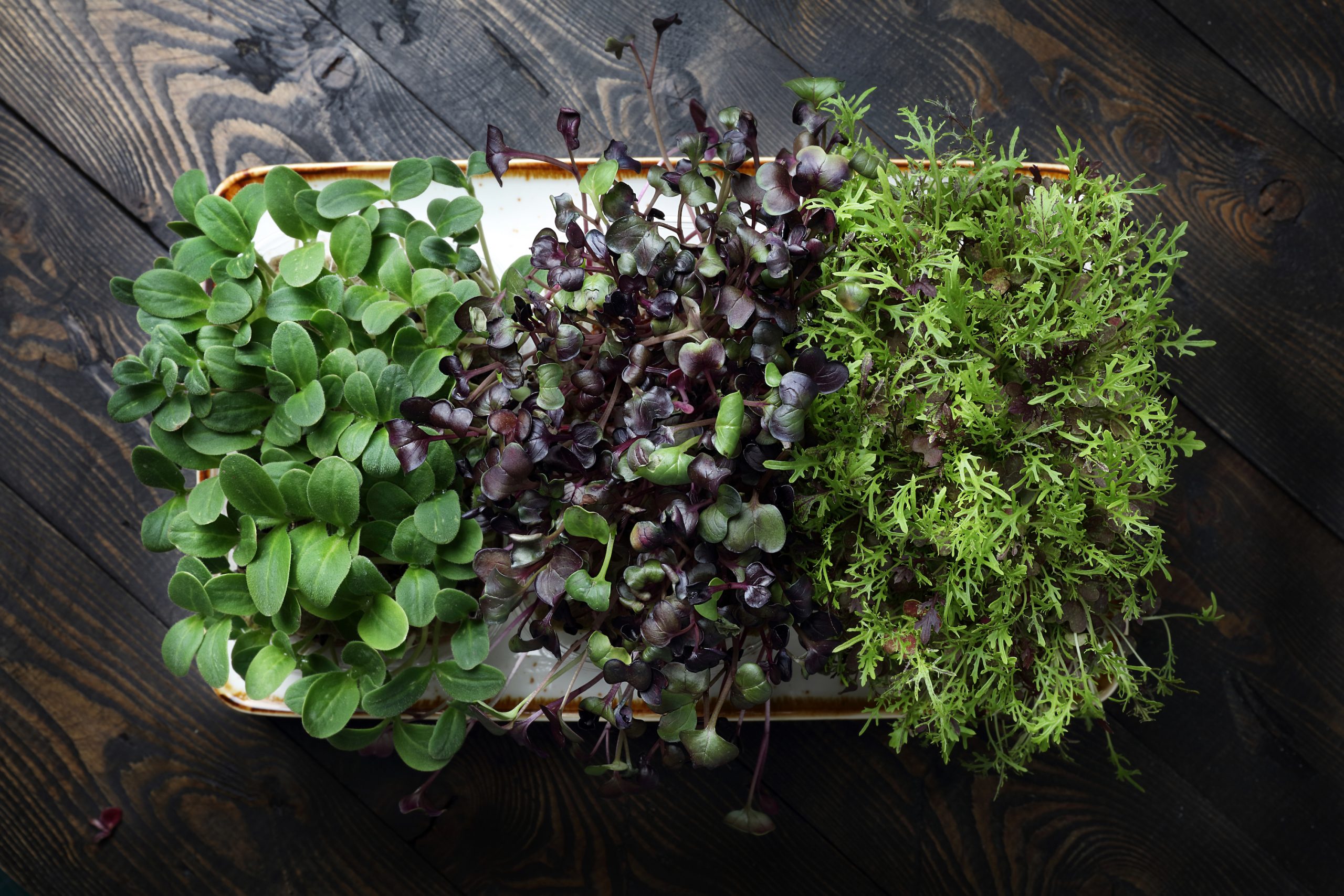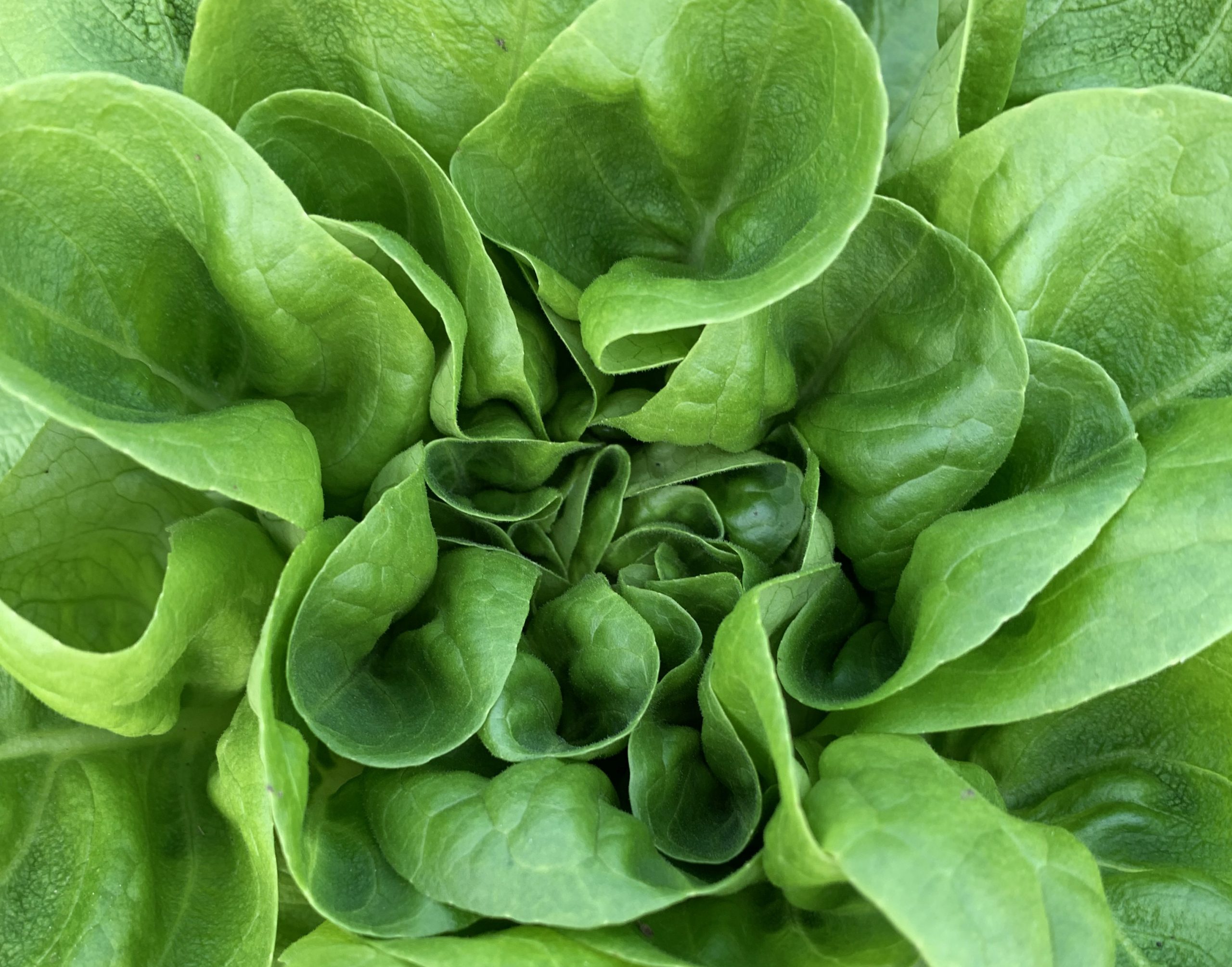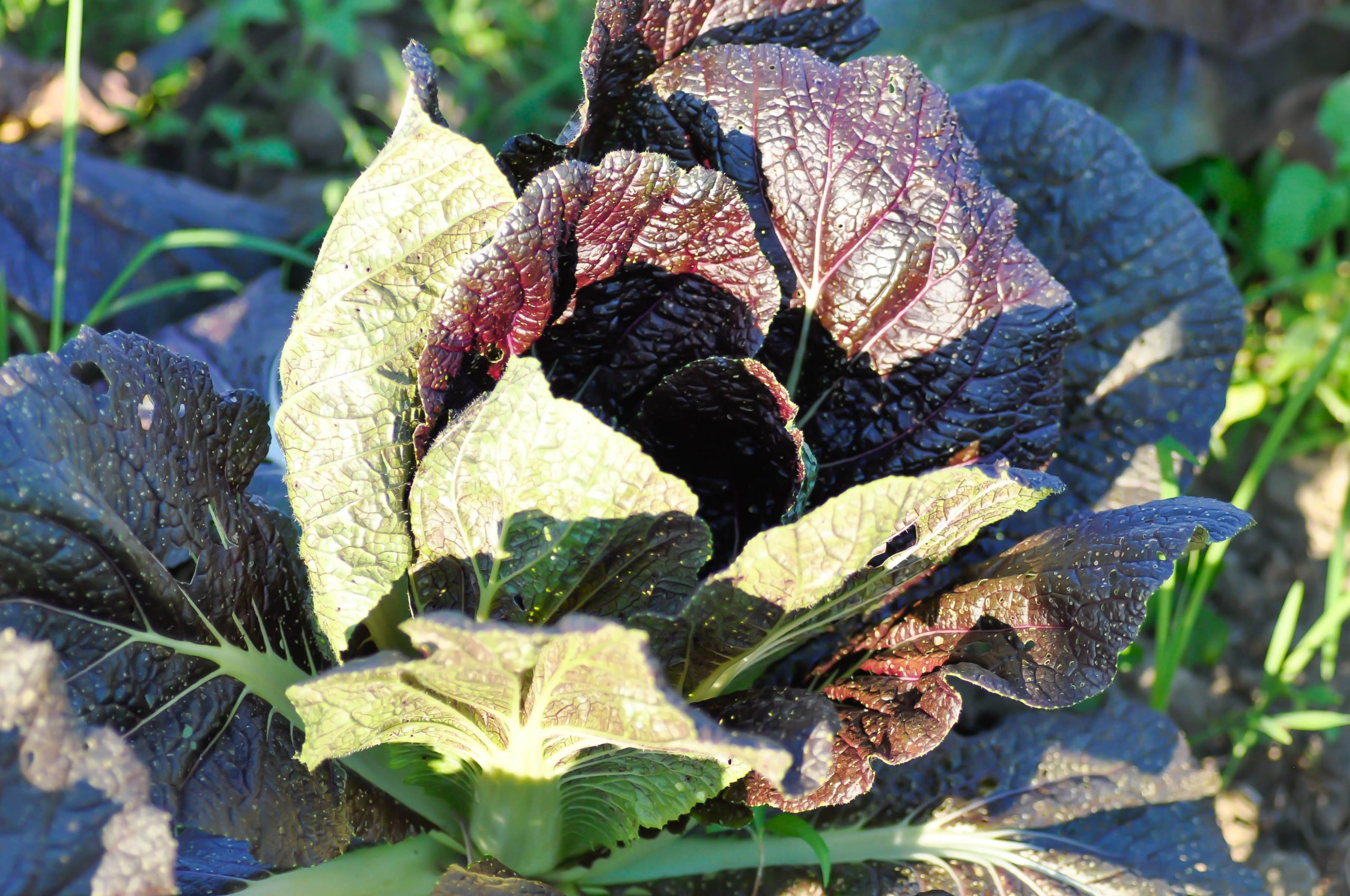How to grow your own salad: 'Whether it’s a single-leaf salad or a tumble of colours, no salad is better than the one you grow yourself'
Mark Diacono offers his top tips to sow, grow and cut your own salad and shares his favourite varieties.


When I was a child, salad was a limp lettuce with salad cream, a half dozen slices of glassy cucumber, a medium-sized tomato zigzag-halved through its equator and a ragged pile of cress. Never mind the internet and being able to telephone people wherever they may be, the real advance of recent decades has been on the salad front.
Supermarkets sell a wide range of interesting leaves, often in agreeable combinations, but whether it’s a single-leaf salad or a tumble of colours, texture and flavours that you prefer, no salad is better than the one you grow yourself.
I get my salads from three homegrown sources: milder leaves, including ‘Little Gem’, ‘Buttercrunch’ lettuce and ‘Reine de Glace’, punchier leaves, such as rocket, mustards and watercress, and intense punctuations, perhaps herbs, flowers and seeds, to complete the whole.
The biggest conundrum for me — and most, it seems — is balancing milder leaves with those that offer punch, pepper and heat.

A fine balance of salad flavours
Recently, I have eased back on my previous preference for big flavours and grow more delicious, mild leaves. I think it’s partly because I increasingly love the simplicity of a single-leaf salad — ‘Buttercrunch’ is a favourite — dressed only with excellent oil and salt, but I also keep discovering more varieties I love.
As gentle as ‘Australian Yellow Leaf’ — a large, open-headed lettuce with gorgeous, bright-green/yellow crinkled leaves — might be, it has a fullness and sweetness of flavour that is well short of punchy, yet very present. ‘Really Red Deer Tongue’ is another that offers beauty and flavour.
That said, I do love the ever-increasing number of strongly flavoured leaves available. Rocket, a world of mustards and others are now commonplace and rightly popular; varieties such as ‘Green In Snow’, Buckler-leaf sorrel and ‘Chop Suey Greens’ being among my favourites.
Exquisite houses, the beauty of Nature, and how to get the most from your life, straight to your inbox.
I mostly use them to bring contrast and punctuation, treating them somewhere between leafy seasoning and herbs, and occasionally have a salad where they dominate. Who doesn’t love a rocket salad in summer?

How to sow — and when to cut – your salad leaves
Almost all of these big-flavoured leaves and most of the milder leaves take well to a cut-and-come-again approach, which is well worth getting to grips with.
Rather than wait for the plant to reach full size and harvest them, you pick or slice tender succulent leaves when they are about 3in tall, leaving a 1in-high stub to grow new leaves ready to harvest a couple of weeks later.
You can sow more closely, which helps retain soil moisture and minimise weeds, the repeated harvests give you more for your money, time and space and the harvest starts much earlier.
I set aside two patches for cut-and-come-again leaves: sowing one a month after the first ensures that when the first patch needs replacing (typically after three to five cuts), I can still harvest from the second patch for a month, as the replacement sowing establishes.
Rocket, mizuna, ‘Giant Red’ mustard, ‘Green In Snow’ and ‘Green Oakleaf’ are as good as any to start with. Most lettuces grown for hearting can be harvested as hearting lettuces or using a cut-and-come-again approach, too.
A good succession is crucial. I sow some direct when the soil has warmed a little in spring, but start most off in modules, planting them out when a couple of inches tall.
A vital step here is, whenever I pick up a tray of seedlings to plant out, I put it back down again to sow the seedlings that will in time follow on: otherwise, I know from experience that something will distract me in the garden or time will run away and I inadvertently create a window where there are no new plants to come before those producing fade.

Salad companions that add zing
Smallest in volume, but essential to my salads are the unnecessary embellishments that lift the whole. A pinch of this, a finely slivered leaf of that, a few of those, all punctuating and enhancing the visual appeal, as well as the flavour.
Many of these are herbs: an inch or so of bolting coriander flowers, the finest overgrown eyebrows of fennel, the top few leaves of Korean mint or anise hyssop finely sliced.
Some are flowers: nasturtiums add peppery and honey flavours (the redder they are, the hotter they tend to be), violas add a gentle hint of sweet pepper and the long, daisy-like petals of ‘Chop Suey Greens’ bring nicely sweet-bitter tones.
Seeds and flowers can be superb, too, bringing nuggets of surprise. If you allow a plant or two of Buckler-leaved sorrel to bolt, you’ll find its little-fingernail seeds add a bolt of bright lemon scattered through a leafy salad; a broken chive flower brings clean sweet onion to the whole.
Mark Diacono grows his own edibles at Otter Farm in Devon — see otterfarm.co.uk for more.

Credit: Alamy
The ultimate guide to planting your own orchard: 'Getting it right is easy; sadly, so is getting it wrong'
Mark Diacono has planted dozens of orchards — he shares his wisdom on how to go about it.
Mark is lucky enough to spend most of his time eating, growing, writing and talking about food. He has written fourteen award-winning books, including A Year at Otter Farm and A Taste of the Unexpected (both won Food Book of the Year, and Garden Book of the Year). Known for growing everything from Szechuan pepper to pecans to Asian pears, Mark's refreshing approach to growing and eating has done much to inspire a new generation to grow some of what they eat. He was involved in the early days of River Cottage, appearing in the TV series, and writing four River Cottage books. Mark writes to a global audience on his best-selling Substack: Mark Diacono’s Abundance.
